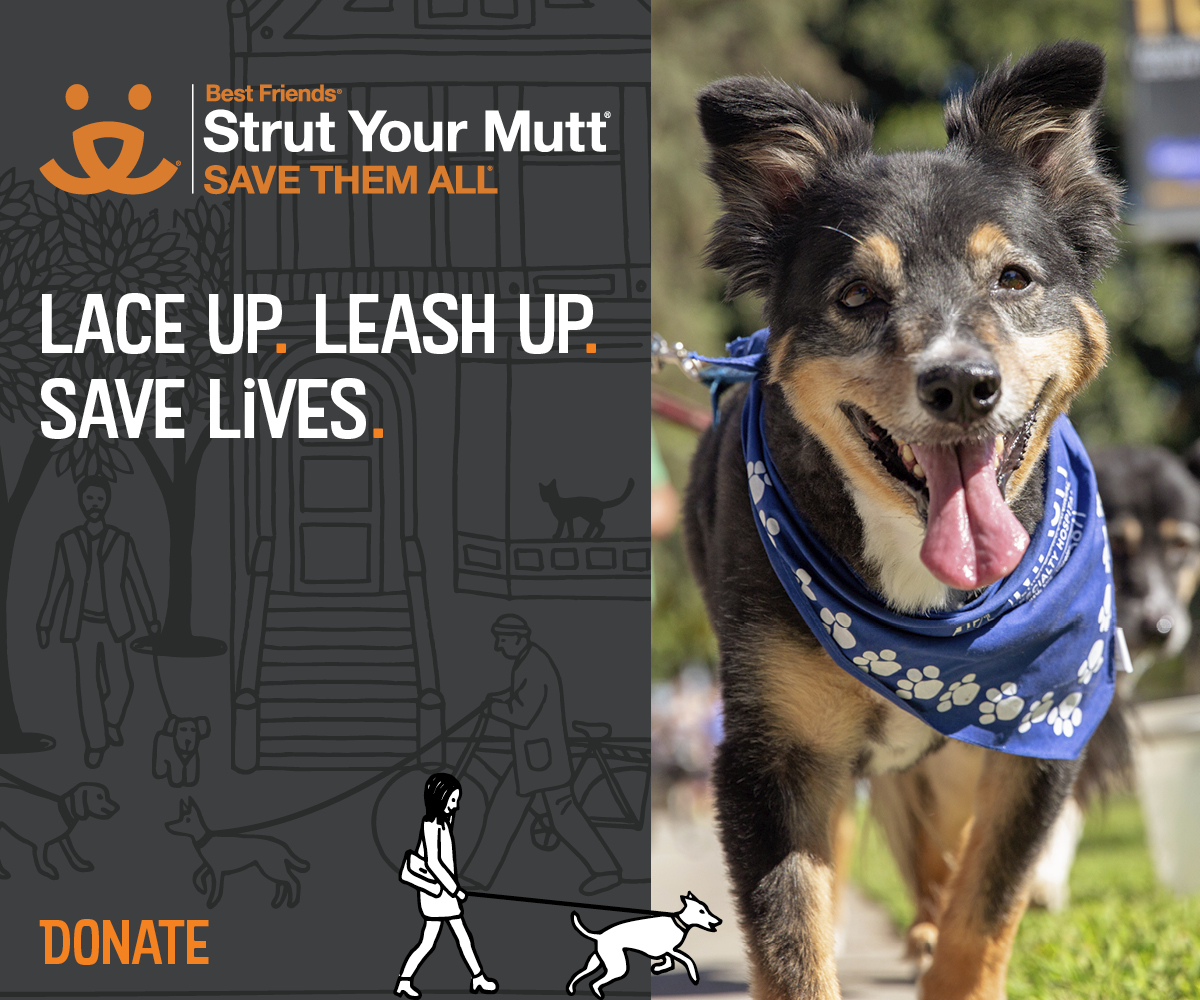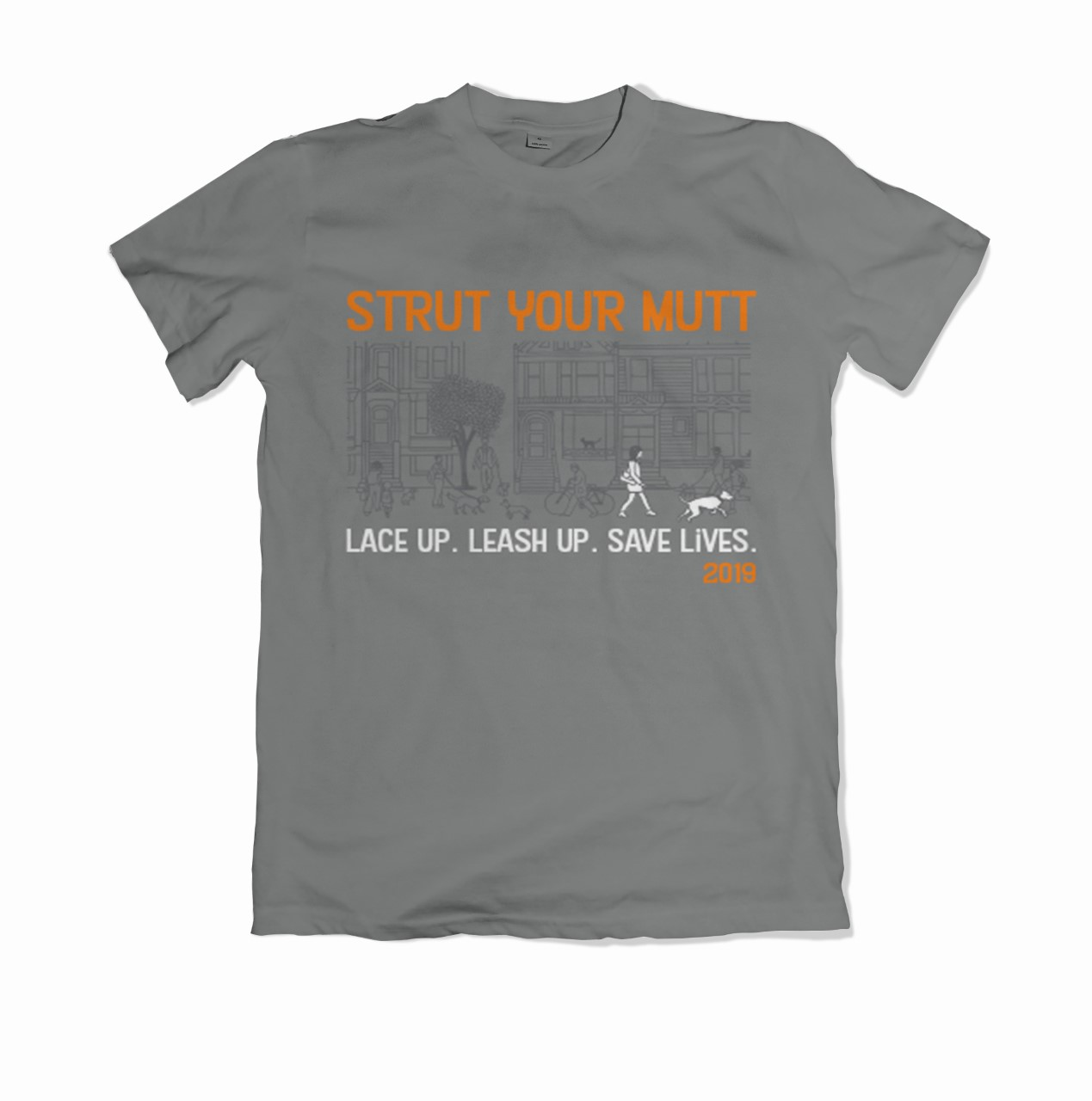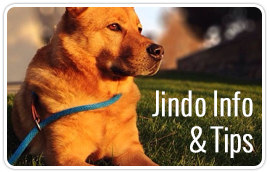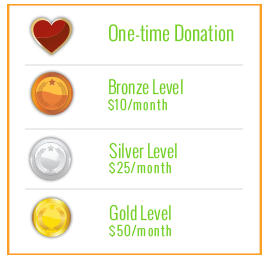Everything You Never Wanted to Know about Ticks and Your Dog
by Nahnhy (volunteer/supporter/owner of 2 Jindos: Bada, and Bomi)
(April 2021)
I found a total of 3 ticks on Bomi in one week (found one, she had a complete bath and multiple fur checks and 2 days later, found two more). Here is what I learned:Save the tick in rubbing alcohol and take it to your vet. My vet found a tick vector test (mine cost $176) where you send the tick in and it tests for all the diseases immediately. You don’t have to wait the 4 weeks, or have the dog give blood. If the tick is positive for anything, you can start treatment right away.
Doxycycline basically treats most if not all tick borne diseases. So b/c I sent the first tick in, it was negative for everything except lyme, we didn’t send need the other 2 ticks in …. b/c we started treatment immediately for the lyme. And doxy should kill everything else as well.
IDEXX was willing to let my vet send in the other 2 ticks and test them both at the same time for a total of $176. I don’t know if this is because they like my vet or because they are doing the same tests, so might as well do it on both vs one. So if you find multiple ticks, save them all (I kept them in all different containers) and turn them in and if you send them all in at once, see if they are willing to let do multiple tick vector test for the price of one.
“Back in the old days” (when I had my first Jindo), we always started all preventatives in May. Now with global warming (this is my biggest lesson learned), as soon as the weather gets warmer, you have to start immediately, even if it’s in February. Many vets are prescribing year round preventative. I won’t make the same mistake again of waiting.
Even though Bada and Bomi went to the same forest preserve, Bada had 0 ticks. I confirmed w/ the vet tech that ticks don’t like bright/white things….so they avoided Bada. If you hike in the summer, wear white and long sleeves.
IDEXX offers a # of tests. I worked w/ my vet to find the vector one but depending on your location, the types of diseases will vary. The one that tested for the diseases specific to the Midwest was $250 (blood from dog), so the vector one was a better deal financially. (Again, I was only able to opt into this one because I saved the tick in alcohol)
The vet wasn’t even aware the vector test was an option until they started digging around so having a great relationship w/ your vet or a vet tech is a huge help.
The tech told me ticks have a head like a corkscrew, so when you remove it, be careful to get all the bits out, otherwise an infection can start. For me, this is the most worrying part, and I had her checked at the vet the next day to ensure the wound was clean.
10 years and I NEVER had any tick bites on any dog! I adopt Bomi and she has 4 bites in 2 years!!! The first bite occurred while she was wearing the Seresto collar (I do NOT recommend that thing)! Ugh. Always learning.
Sharing this info for any of our colleagues that live in tick infested areas so you can save your money and stress!!
Notes to adopters
Adopter notes/tips
Young children
Always introduce children slowly to the new dog to determine the compatibility and the attitude of the new dog toward youngsters. Even after the initial introduction, always have an adult supervisor around when your child is with the new dog.
The new dog and your cat
If possible, we will cat test your new dog before you take it home, but this is not always possible. If the dog is known to be aggressive towards cats, it will be better for all parties if you do not take him/her home. Once you’ve brought the dog home, let him or her settle down and get comfortable with the new surroundings before you introduce your cat. Keep them in separate rooms until then. Have the dog on a leash when you bring the cat into the room. The dog may be curious about this new animal and want to sniff. Keep both parties calm and separate them at the first sign of stress. Indifference is good. Remember: a cat sitting still in your arms is not as enticing as a cat bolting away from a dog. It is normal for a dog to attempt to chase any animal if it runs; this can be discouraged with training. Also, be careful when carrying your cat around with your new dog loose. Many dogs find their instinctive prey drive heightened when another animal is being carried.
The new dog and your resident dog
If possible, take your current dog to meet the new dog before coming home, e.g. at the foster home or on a walk nearby (please ask us about setting this up). This is a neutral place, and makes it easier to establish a rapport between your dog and the new dog. Regardless of whether you are able to do this or not, once you bring the new dog home, keep both dogs on a leash until you have seen how they will interact in this new setting. The key is to go slowly and supervise until both animals are comfortable with each other.
Body language to look for:
Good-signs: upright ears, tail is relaxed and mobile, face is relaxed. Play bow: front feet set far forward, ears pricked, and head held with eyes forward, mouth slightly open in a ‘grin’. Puppies especially will shift their weight to their back legs and paw at the air. These are both ways of saying: “We’re just playing, not too rough now.”
Bad signs: (separate the dogs and try again later) ears are down/back, tail is tucked down or stiff, face is stiff or lips are pulled back, growling.
Preparing your home
Dogs are curious creatures. Many are capable of jumping onto high surfaces or squeezing into the smallest of spaces. To protect new dogs in a new environment and to safeguard your belongings, it is necessary to animal-proof your entire house. NEVER underestimate your new dog’s abilities! Accidents happen! Once you have chosen an area where you will care for your foster guests, you should ‘pet-proof’ the area. Pay attention to any small or dangerous objects, such as pins, needles, paper-clips, staples, thread, string, rubber bands, caustic/toxic chemicals, moth balls, plants and any other items that are potentially dangerous. Animals are attracted to electrical cords, telephone cords and curtains, so if possible, block these so they can’t get at them. A good rule of thumb is “if you don’t want to lose it, put it away.” Also, to ensure nothing is missed, get down at an animal’s eye level. Look closely for any small holes or dangerous items that may have been missed at your first pass of pet proofing.
Precautions to take by room: Kitchens/Bathrooms/utility Rooms
Use childproof latches to keep little paws from prying open cabinets.
Keep medications, cleaners, chemicals and laundry supplies on high shelves or in childproofed cabinets.
Keep trash cans covered or inside a latched cabinet.
Check for and block any small spaces, nooks or holes inside cabinetry, furniture, floors, appliances, etc. where your new dog may hide. Also make certain that spaces behind washer/dryer units are closed off so your new dog can’t get in there either.
ALWAYS keep your dryer/washer units closed!! Make sure your new dogs haven’t jumped into the dryer or washer before you turn it on! (Yes, this usually applies more to cats, but dogs can do it too!!)
Keep all foods out of reach and/or in cabinets. Even if the food isn’t harmful to the dog, the wrapper could be.
Keep toilet lids closed to prevent drowning. Curious puppies can easily fall in and drown.
Precautions to take by room: Family/Living Room
Place dangling wires from lamps, VCRs, TVs, stereos and phones etc. out of reach. You can place the cords through PVC pipes to prevent the pets chewing on them.
Keep children’s toys put away.
Put away knickknacks that are valuable to you or understand that new dogs can easily knock things over. If it is important to you, don’t leave it out.
Block any spaces where your vacuum can’t fit but a new dog could.
Remove dangerous items like strings, pins, yarn etc.
Move houseplants – many of which can be-poisonous – out of reach. This includes hanging plants if they can be reached by jumping.
Put away all sewing and craft supplies – especially thread and yarn. If ingested, these items can obstruct dogs’ bowels, sometimes requiring extensive surgery to reverse.
Secure aquariums and cages that house small animals, such as hamsters or fish, to keep them safe from curious paws.
Precautions to take by room: Garage/Basement
Most garages contain too many dangerous chemicals and unsafe items to be an acceptable location for keeping a dog. For this reason, we advise you to think carefully before housing a fnew dog in a garage.
Move all chemicals to high shelves or behind secure doors.
Clean up all anti-freeze from the floor and driveway! One taste can be lethal to an animal!
Precautions to take by room: Bedrooms
Bedrooms are often not ideal situations for new animals. If scared of the new environment, dogs can hide under beds and are hard to coax out. In worst case scenarios, dogs can burrow into box springs or mattresses where it can be nearly impossible to get them out.
Keep laundry and shoes behind closed doors (drawstrings and loose buttons can cause major problems).
Keep any medications, lotions or cosmetics off accessible surfaces (like the bedside table).
Move electrical and phone wires out of reach of chewing.
Precautions to take by room: other potentially dangerous situations
Be sure to be watchful for:
Closet and bedroom doors
Open doors to the outside
Open dryer doors
Open cabinet doors
Computer wires
Folding chairs
Potted plants (they may be toxic if ingested)
Whatever room you choose to make your new dog’s new home, make sure that it is easily cleaned. You should be able to disinfect it if necessary. It is also more difficult to clean up accidents on carpet, especially when they seep into the carpet pad. Bathrooms and other areas with tile, hardwood or other impermeable surfaces are ideal places to house your new dog initially.
Preparing your yard
If you have a fenced in backyard, check there aren’t any holes in the fence or any other escape route. DO NOT leave your new dog in the backyard without supervision. You will be amazed what little holes a big dog can get out of or what tall fences a dog can jump! Never leave a new dog unattended or unwatched outside. Keep your new dog on leash for his/her first few trips outside as he/she explores the new environment.
Do’s
- Do keep your new dog indoors in a location with a crate or x-pen available
- Do keep your new dog in a warm and dry location
- Do keep your new dog on a slip leash and wearing their harness when outdoors at all times, unless in your own secured, fenced yard. When in a fenced yard, you must supervise at all times, and for the first days/weeks, the dog should trail their slip leash. It is very common for a newly adopted dog to try and escape, so supervision outdoors should be given at all times.
- Do use baby gates indoors to limit access to other rooms and to limit interactions between the new dog and other animals.
- Do be alert and make dog to dog introductions gradually and calmly. It is common for the resident dog to become territorial in their own home.
- If possible, go for a walk around the neighborhood before entering the home, with one handler per dog. The dogs may be walked side by side with a little sniffing allowed but no face to face, forced introductions at this point.
- Do give the resident dog encouragement and praise.
- Do leave leashes on dogs when you are at home so that you can get immediate control if needed. This may only need be for a day or two, but be prepared, you may need to leave a slip leash on the new dog (when you are at home) for several weeks.
- Do talk normally – letting the dogs know that YOU are in control and everything is fine, with no need for worrying or questioning on their part.
- Do be patient and go slowly with the new dog, as any change in environment can be stressful.
- Do remove all toys/treats/chews from the floor so that there are no ‘bones of contention’/resource guarding.
Don’ts
- Do not place your new dog around other strange dogs as we often do not know the dog’s past history.
- Do not allow your new dog outdoors unless supervised by a responsible adult.
- We do not recommend taking your new dog to an off-leash dog park until you are more certain of their expected behaviors, as well as the type of dogs they are likely to meet, and you having ensured the park is secure with no places for easy escape.
- Don’t leave the new dog unattended with the resident dog(s) when you leave the house – use baby gates and x-pens (and crates if appropriate) to section off areas of the home.
- Don’t hold the leash too tensely as some dogs may react negatively with defensiveness.
- Don’t feed the new dog with the resident dog(s) – use x-pens to allow dogs to feed in separate spaces, and ALWAYS supervise.
- Don’t over-stimulate the new dog with introductions to people and other animals too quickly.
- Don’t exit doors to the outside without having checked behind you to make sure dogs are not about to slip through. Conversely, when you enter the house, do so with caution, feet first, after having cracked the door and peered through. You may like to use baby gates across outdoor doorways.
Transporting your new dog
The safest way to transport your dog from the foster home to your home (or anywhere else), is in a secure crate in the back of your vehicle. The crate should be secured so that it doesn’t tip over or move around.
Another option is to use a grille between the back of the vehicle and the back seat. If you have a sedan, then you may be able to secure a crate on the back seat.
It is always a good idea to put a blanket or some old towels down under your crate or in the back section of your vehicle, so that if your dog becomes car sick, or has an accident, the blanket will protect your seats and carpet.
If you can’t fit a crate into your vehicle, your dog is safest in the back seat. Use either a special harness for your dog that hooks on to a seat belt, or tie the leash to the seat belt. Avoid letting your dog ride in the passenger seat next to you. Not only can your view be obstructed, but if you brake suddenly your dog could get injured by hitting the windshield or by the air bag.
You might need a few high-value treats (cheese, chicken breast, hot-dog sausage etc) to encourage a dog to jump into a car.
If you can get a dog to put his front paws up, then you can lift his back end by supporting his hind quarters (as if he were sitting on your crossed arms). If you need to completely lift your dog, the best way is by putting one arm behind his hind legs and one arm in front of his front legs – essentially a scoop. Another way is to have one arm just behind his front legs, and one hand behind his hind legs. This way the dogʹs weight is being supported in the same general area of its legs. Keep in mind, most dogs don’t really like to be lifted. Lifting an unknown dog is potentially hazardous, so make sure you wear the handling gloves (provided to you), and tip the dog’s front end away from you slightly so that it is a little off balance and turn your head to the side (to protect against any bites/reactions from the dog). Remember to always keep a handle on his leash.
If there are two humans present, one can sit in the driver’s seat and you can pass the leash to them – they can then encourage the dog to jump into the passenger seat footwell, as you boost the dog’s rear end, and the dog can then be shunted to the back seat over the central divider.
Blankets/towels can be thrown over the dog’s head too when lifting in/out as these can calm a potentially fractious/nervous animal, as well as protecting you from any bites/scratches the dog may inflict in a panic.
Do not let the new dog exit the car on its own. If possible, make sure the vehicle is in a closed garage or fenced area before you even attempt to open the car door to retrieve the dog’s leash, then allowing the dog to jump or be lifted out.
Remember: secure all window locks in the car when you are inside as dogs can either knowingly or inadvertently open electric windows, creating an escape route.
The first week
Now that you’re home with your new dog, you should start a regular routine so your dog can begin to adjust to your household. During this adjustment period, please keep stimulation to a minimum. Some recommendations include:
- Find a quiet route to walk or run your new dog (depending on energy level) to familiarize him with his new environment. This also helps start the bonding between you and your new dog.
- Don’t introduce your new dog to people you meet on your walk. For the first 7‐14 days (could be more or less) your new dog should lay low while he tries to figure out just what this new situation is. You may not see any unwelcome behavior initially. Eventually all will be revealed. You may tell people that the dog is ‘in training’ and that’s why no interactions are advised.
- Do not introduce your new dog to other dogs (other than your own resident dog). This includes neighborhood dogs, and dogs belonging to your family or friends. Why?
There is no way to tell how your new dog will behave when introducing him to other dogs. - Don’t throw a party, or have a lot of people over to your home. During the first week you should try to spend quality one‐on‐one time with your new dog.
The most important thing to do during this initial transition time is to clearly but NON‐confrontationally establish the household rules. As well, take care not to ʺindulgeʺ your new dog’s timid, tentative or fearful behavior; we understand how tempting this may be as many of our rescues have come from less than ideal situations, but in the long run it does not benefit the dog.
Mental stimulation and enrichment: what is it anyway, and why?
We often talk about ensuring a dog has both sufficient mental and physical stimulation.
Understandably, that can sometimes be a bit confusing.
Here’s an article that goes into more detail about what exactly that can be.
Mental stimulation and enrichment
Strut your Mutt 2019!

Join us at Strut your Mutt in any of the three places listed!Strut is the MAJOR fundraising event for us every year.
This year has seen many more senior dogs in rescue, and many more medical cases, which naturally use up a great deal of our funds – today alone, we are faced with a potential $2k+ bill for one of our dogs in foster in TX who suffered an anaphylactic shock due to a bee sting.
We’ll be fielding teams in all three cities (click on the links to join our teams or donate):
1. San Francisco:Little Marina Green, San Francisco, California September 7, 2019
2. Salt Lake City:Liberty Park , Salt Lake City, Utah October 12, 2019
3. Los Angeles:Exposition Park , Los Angeles, California October 26, 2019
Strut your Mutt t-shirt!
Every year, when you join a team to take part in any of the Strut your Mutt events nationwide, you receive a t-shirt.
Here is this year’s design!

Join Two Dog Farms, Inc. at Strut your Mutt in San Francisco (09/07), Salt Lake City (10/12), or Los Angeles (10/26).
Find out more and how to join or donate by clicking on the links below:
1. San Francisco:
Little Marina Green, San Francisco, California
September 7, 2019
https://support.bestfriends.org/site/TR?pg=entry&fr_id=1452
2. Salt Lake City:
Liberty Park , Salt Lake City, Utah
October 12, 2019
https://support.bestfriends.org/site/TR?pg=entry&fr_id=1453
3. Los Angeles:
Exposition Park , Los Angeles, California
October 26, 2019
https://support.bestfriends.org/site/TR?pg=entry&fr_id=1447
Cost of registration – (adult) $15, which includes the Strut t-shirt.
It’s a fun filled event you don’t want to miss: a community dog walk with your own dogs (if you like!), and several hundred other fellow animal lovers.
A dog-themed festival with mutliple vendors, food trucks, beer tents, dog contest and more.
The event is hosted by Best Friends Animal Society in cities across America.
You can really help us and Jindos in need by registering for any of the events we are taking part in, even if you cannot attend the live event.
Have your friends and family make donations to your personal Strut page, and see the $$ add up quickly. No donation is ever too small.
Virtual walkers who donate or sign up can send a photo of their canine stars to us here or on Facebook.
Donations are tax-deductible for everyone! The great thing is, each participating organization keeps all the money it raises (after transaction fees).
If you have any questions, please reach out to us. We will be more than happy to walk you through the registration and fundraising.











